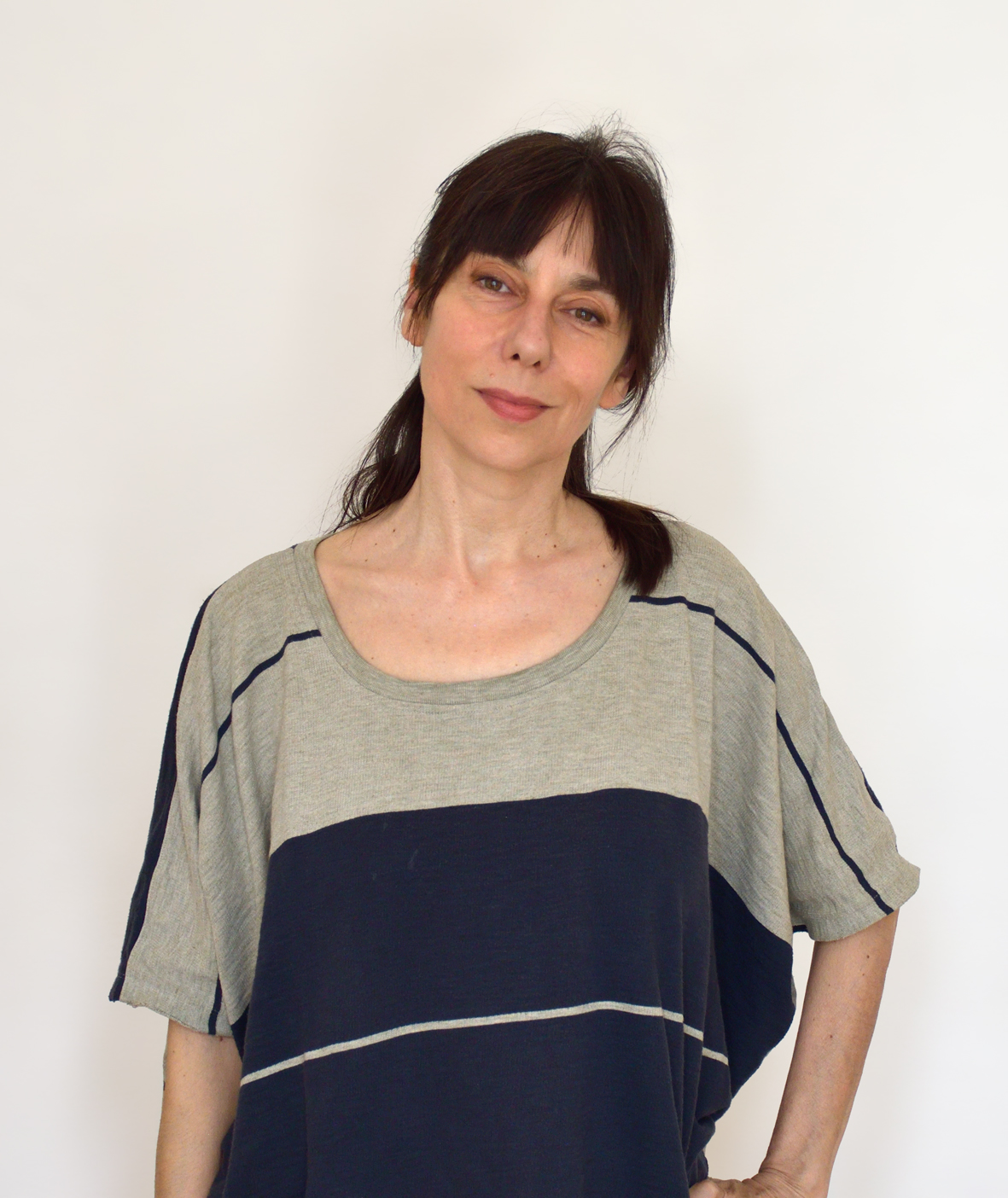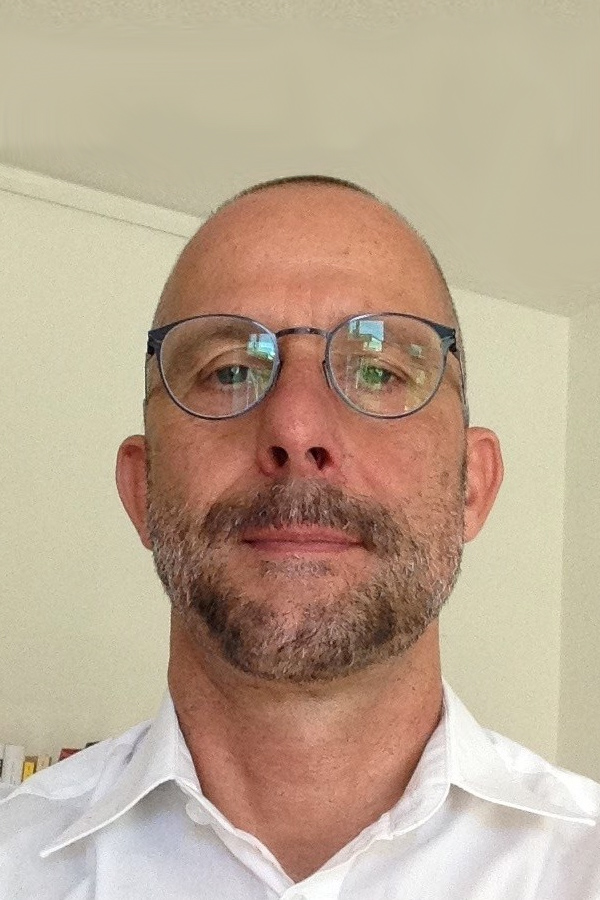Artists from Eastern Europe in Berlin: Nika Radić
This conversation is part of a series of interviews with artists from Eastern Europe who live and work in Berlin. The city has attracted artists from the region for a long time: especially during the Cold War and into the 1990s, its peculiar geo-political situation provided Berlin with a unique flair that attracted artists from all over the world, but especially from the Central and Eastern parts of the continent. How do these artists experience the city today? How do they look back on the hopes and expectations with which they once arrived? Have they settled for good, or are they considering moving elsewhere? Do their Eastern European origins still matter for their art production?
Sven Spieker: When and under which circumstances did you come to Berlin?
Nika Radić: I was living in Vienna, before I came here. At some point I decided to study art history there, and after that I worked with a Viennese gallery. I then left that gallery but because it was a big gallery, and no one else wanted to exhibit me, I was in a pickle, stuck in a city (Vienna) where I really couldn’t do much professionally. Then one day a friend of mine from Berlin sent me an e-mail saying that someone was renting out their Berlin apartment for two months. That’s how I decided to move to Berlin in 2008. I have been here ever since. It was a lucky coincidence.
SS: In works such as Other People’s Windows or We Travel a Lot you are concerned with everyday life, which you study as a series of collectively shared gestures and situations that seem to repeat themselves. Are these gestures the same everywhere and at all times, or do they in some sense mirror your experience with life in the city, perhaps even specifically in Berlin?
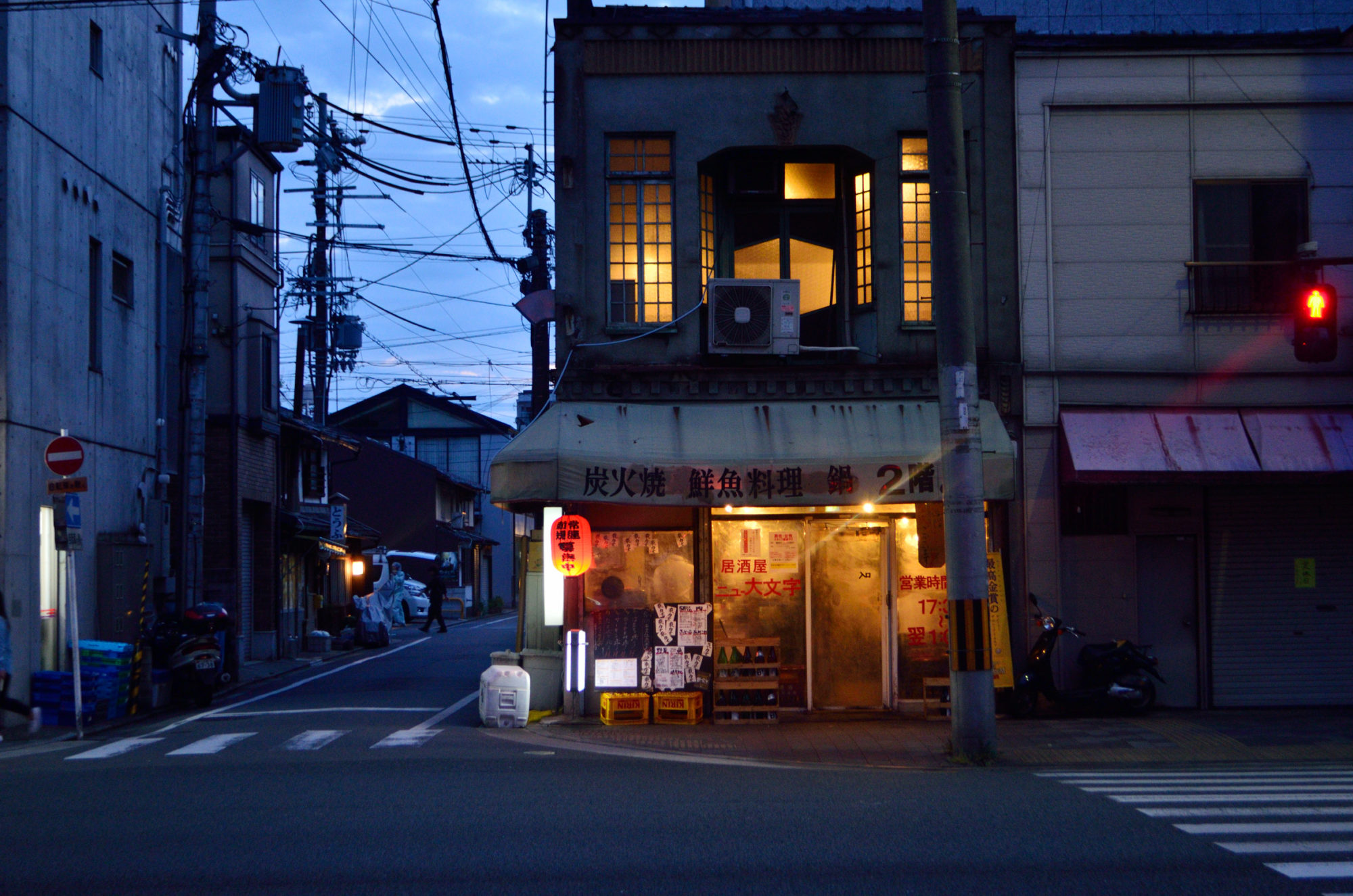
Nika Radić, We Travel a Lot. Series of photographs and a film. Photographs on ink-jet on cotton paper (2017). Image courtesy of Nika Radić
NR: That is possible. I made those black photographs of windows some years ago. You see a black surface and a lit window through which you can glimpse fragments of people’s apartments and their lives. I like these situations because we don’t see much, but they create our urban environment. We see our neighbors when we look out of our windows, although we don’t know who those people are, or what they do, and so we start projecting our own thoughts and emotions on the fragments we grasp. A gallerist in Italy once said this was a very “European” work. I never thought of it as such, but she was actually right. In Europe, cities are quite dense and you can see through other people’s windows. Later, during a residency in Japan I realized that there is no way that, in Japan you can see into other people’s houses because the windows are always covered with completely opaque curtains. Same in the US, where cities are much more spread out. With these photographs, many people who saw them told me what they thought seemed to be happening in them, and it was all possible, though really it wasn’t there to be seen. This is also why Other People’s Windows” or “We Travel a Lot“was made as a series: the images start to function as stills from a film and then become a part of a story.
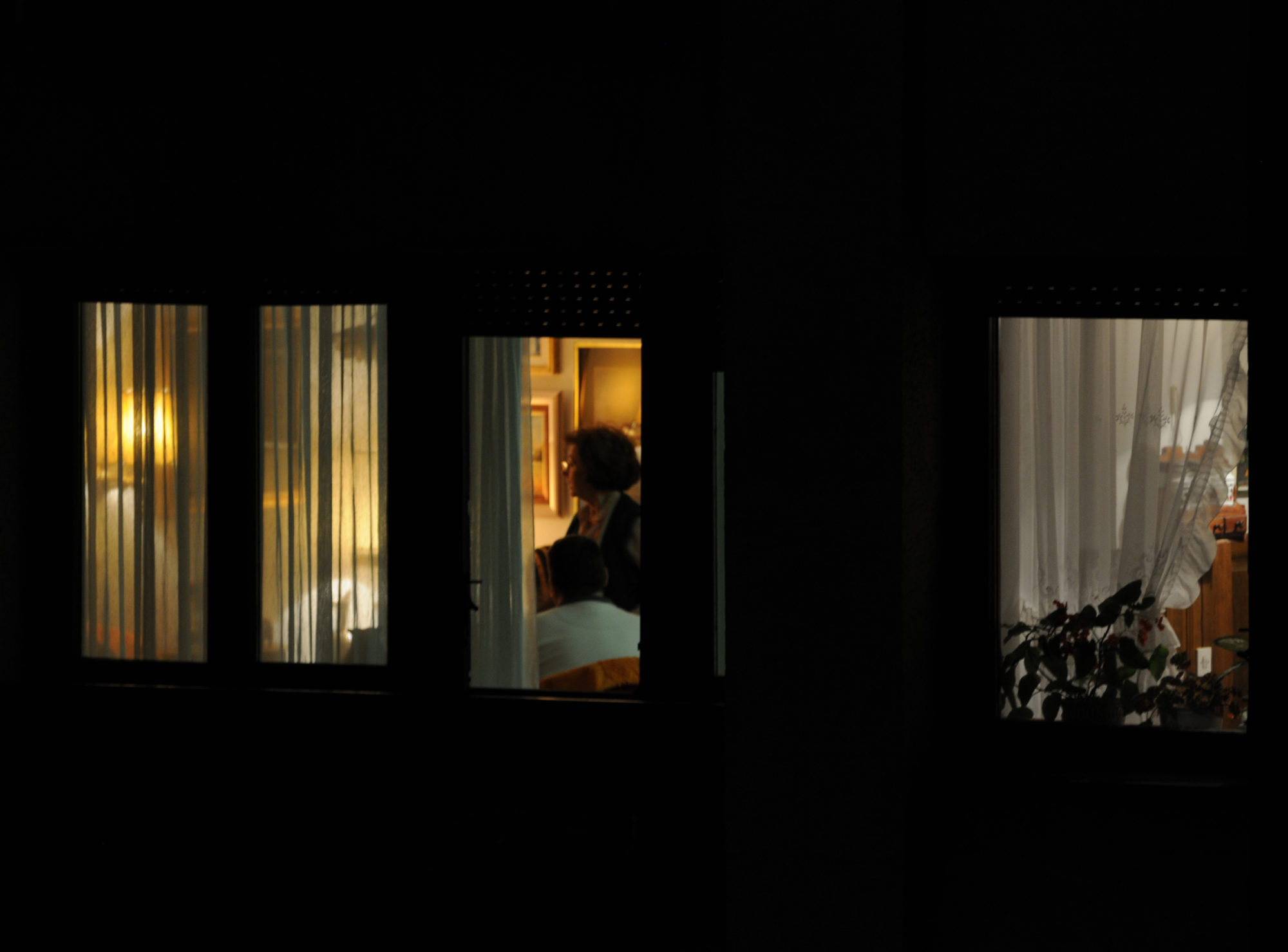
Nika Radić, Other People’s Windows. Ink-jet on cotton paper. (2011). Image courtesy of Nika Radić
SS: What fascinates you about life in the city?
NR: I like the anonymity of big cities and the way they give us a chance to observe other people. This is something you can’t do in smaller places. There you have to engage in some way with these other people. You can’t just look at them passing by. There are so many people that, if you observe a person doing something, the people around you don’t pay any attention and it somehow doesn’t seem so nosy. You also most probably won’t see those same people ever again so this possibility to imagine what is really going on won’t be broken with some banal reality.
SS: Is there a Berlin feel to your work, do you think?
NR: Some of my photographs, if they are taken in Berlin, will be recognizable as “Berlin.” However, I always avoid the “Berlin look.” The problem with a recognizable look for a city is that it can become a marketing gimmick. Yellow cabs for New York, or the Wall for Berlin. Such things turn every city into a theme park.
SS: As the capital of the new Germany, Berlin is expected both to shore up a sense of German national identity and be a “global player” at the same time. Its transnational feel certainly has attracted many artists from different countries to live and work here. How do you experience this mix of global and local?
NR: The art scene here is very international. It is not provincial, even though there are of course many bigger cities in the world. In New York for example people believe that they are the center of the world, as if everything is happening in a few big galleries and museums. I think that in Berlin people are aware that some things are important in Berlin, but that something else may be important in a different place. In this way, they unwittingly break the idea of center and periphery. Of course, Berlin is more “central” than Zagreb, but if you say in Berlin that you have a show in Zagreb, it will be accepted as a normal, even a good thing, while in New York people will first ask you where Zagreb is and they don’t really care.
SS: There’s a double perspective here: in New York, in order to make it as an artist, you shed where you come from like a skin; you cannot have that double perspective—the old place where you come from, plus the new one—because otherwise you will remain an outsider, somebody who is really from somewhere else. For better or for worse, this is how most people who come to New York act. They become, or try to become, New Yorkers. In Berlin, you seem to say, to a degree you remain wherever you are from. Some of this may be by necessity, since it’s hard to sell your work in Berlin…
NR: Yes. Living in Berlin I’ve learned a lot about the British and the Polish arts scenes, and many others. It’s easy to get in touch with non-local art scenes, and if something is happening elsewhere, there is always someone I can call and get more information, or even some contacts.
SS: It seems like the way we think about global art today is in terms of nodal networks with may equivalent connection points rather than stable centers, and here it seems as if in many ways, Berlin presents a perfect illustration of such thinking. Our understanding of what’s marginal and what’s peripheral is changing and the erstwhile centers have lost some of their attraction. Do you agree?
NR: The center-periphery model works in parallel with the hierarchical pyramid that used to govern groups of people who work together, with one person at the top. I think this is absurd today. I feel it’s more productive to have different people that work in a variety of ways and that communicate with each other. Then at some point there may be a cluster of something that is happening for a while, and then it dissolves or evolves into new clusters. I am more interested in working like this than in climbing a career ladder.
SS: Our experience of the tensions and asymmetries implicit in modernity was to a large extent shaped by the life in the modern metropolis, Berlin included. Do you feel that this sensibility has once and for all ended with the digital age, or not?
NR: I think it’s still there. I sometimes think of the film Berlin, Symphonie of a Metropolis (1927) and somehow, I don’t have the feeling the city has changed that much since the film was made. I live in an area, near Anhalter Bahnhof, that is very central but that feels peripheral at the same time. There is a strange mixture of people who have nothing to do with each other but who coexist, and this I like very much. This is what I would say is very typical of Berlin, the very different groups of people who accept each other without paying a lot of attention to each other. Of course, it’s not always that rosy. I also recently got told off in the supermarket by another customer for being foreign. Incidents like that are unpleasant but they are rare, I would say. Rarer than in other places I know.
SS: One thing I noticed when I looked at some of your work and some of the things you’ve written is that you take a lot of interest in foreign languages, including mixing them freely. Is there a connection with Berlin?
NR: It’s a very normal situation here in that people switch freely between languages depending on who joins the conversation. When I made the film The Message I invited different people to interpret an installation that I kept changing according to their interpretations. I started with a simple geometrical construction, similar to the ones I did just after I finished studying sculpture in Zagreb. I thought that such an abstract construction was very open to interpretation, and so I invited the first person to have a look and tell me what she thought of it. After hearing her interpretation, I changed the installation to look a bit more like the interpretation that I just heard. I then repeated this process some thirty times. Of course, every person brought a bit of their own background into the interpretation and, as I invited only people who were professionally connected to contemporary art, the installation became a cross section of current topics in the art scene. The process started with a simple shape and eventually became a collection of videos, sounds, cobble stones, fabrics and all sorts of materials. The last three visitors agreed that it was a performative space about private and public, i.e. political, life. As soon as there was this consensus, I stopped the process.
SS: I am wondering about your relationship with public space. I know you have produced quite a bit of work that intervenes in urban space. Can you tell me something about this engagement?
NR: I did a number of projections where I used windows or media facades. The latest was here at the Kunstverein on Rosa-Luxemburg-Platz where I projected a video that was both visible in the gallery space and outside, on the square. Inside, the video showed a hypnotic session that included instructions for reading the exhibition. The spoken words in the video used the sort of indirect language that would be used in hypnosis, asking people to look for an image among the exhibited photographs that was relevant to them personally On the outside, there was no sound, so the video’s meaning changed. It wasn’t any longer a commentary or a set of instructions about viewing (or reading) an exhibition, but a visual indication that something was happening behind those windows
SS: What’s been your motivation for working in public space?
NR: John Baldessari claimed that conceptual art is just pointing at things. For me it’s interesting to point at things that are being overlooked. I used this idea for a work called Office Cleaning (2008) that was shown in the window of the Hungarian Cultural Institute in Berlin. The video showed cleaning ladies inside the building, because I wanted to show something or someone who is there but goes unnoticed. All these buildings that we see around us are being cleaned daily by people (mostly women), and this is something we don’t think about. I wanted us to remember it for a moment. Public space gives me an opportunity to reach a much wider audience. I would say that work in the city has to be grasped very fast. There has to be either something visually striking or some sort of an easy way to understand the content so it can compete with all the distractions that public space offers. Once it grabs your attention, the public work can do more, but it has to be more aggressive than a work in a quiet space.
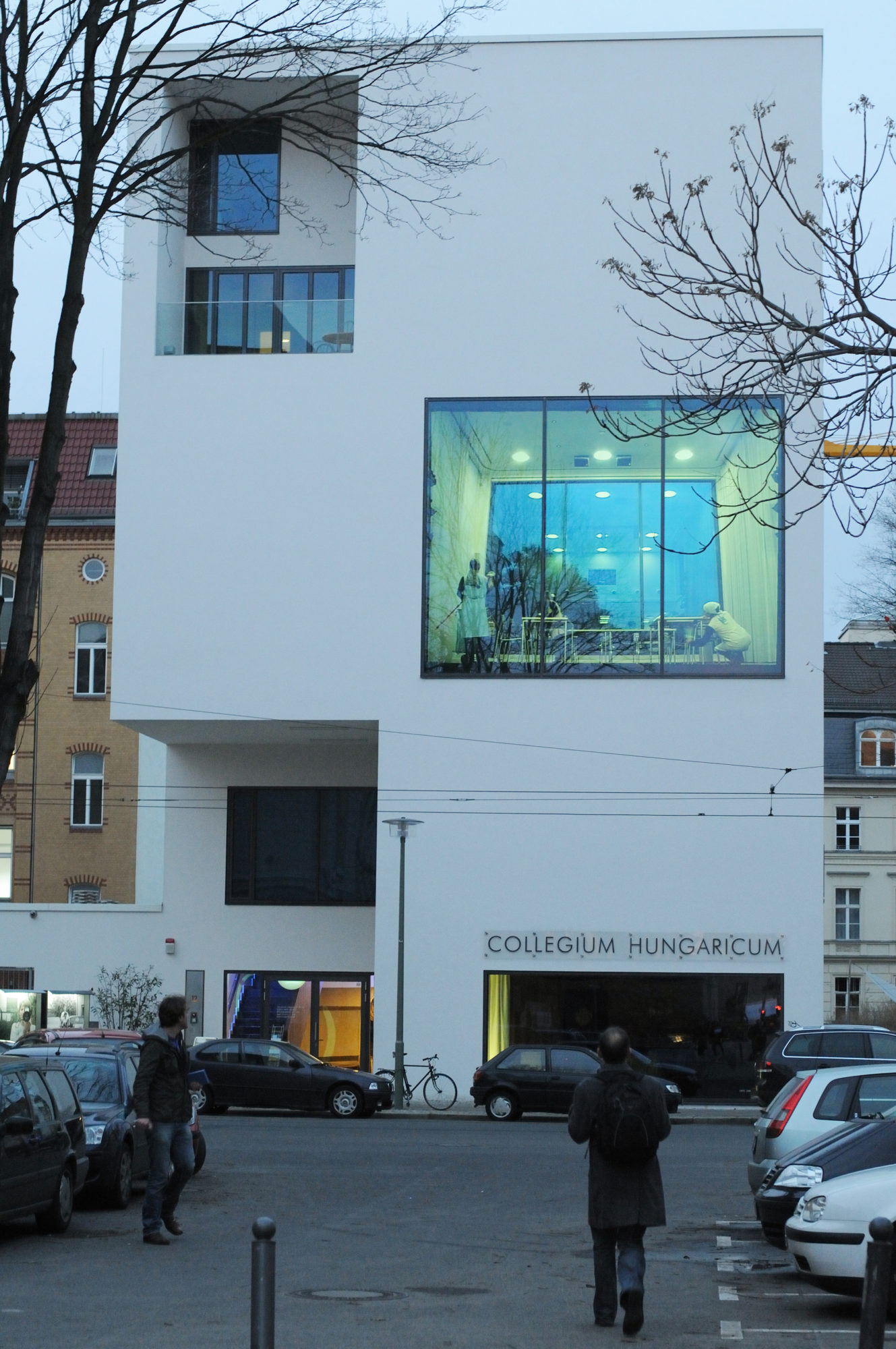
Nika Radić, Office Cleaning. Video projection on the Collegium Hungaricum building in, Berlin (2008). Image courtesy of Nika Radić
SS: Berlin has a history of being quite an unruly city. I am curious whether you could imagine reacting to the city in a way differently from the more meditative, contemplative or even poetic mood that you often bring to it.
NR: I don’t really feel entitled to try to change other people’s lives, or their circumstances, because I don’t know enough. When I hear the news that the city’s museums are being broken down into smaller units, I may not be sufficiently informed to decide if this is a good or bad decision, and I do not want to just tag along. But of course, many things are not only locally relevant, and I tend to react more strongly to such issues. When I think of the demonstrations in which I have participated in the past, they were usually things that had to do with the global climate or with some generally European issues.
SS: You do not seem to believe in art activism.
NR: This is a very complex question. I certainly believe in and admire a lot that has been done. Tucuman Arde is something that I can only think in awe of, but that happened a long time ago and the art scene is much more institutionalized today. Activist art that is shown in an institution reaches only the people who visit that institution and unfortunately doesn’t really make a big difference in the world, it preaches to the converted.
On the other hand, we could ask what activism in general is. How can art change or improve the world? This is a big question but it is definitely worth asking. The world is in a complete crisis at the moment and the question is what can each one of us do about it and what can we do collectively. I am skeptical of art’s power to change the political system but I definitely believe that art can make people think in new ways. A few years ago, I began working with hypnosis. The whole idea of hypnotherapy was that people actually know the solutions to their problems but that they aren’t able to see them because they get stuck in learned ways of perception and behavior. In a hypnotized state, they can reach these solutions and change. I started hypnotizing people into seeing exhibitions. I believe that a small idea that someone walks home with can eventually change behavior in the long run.
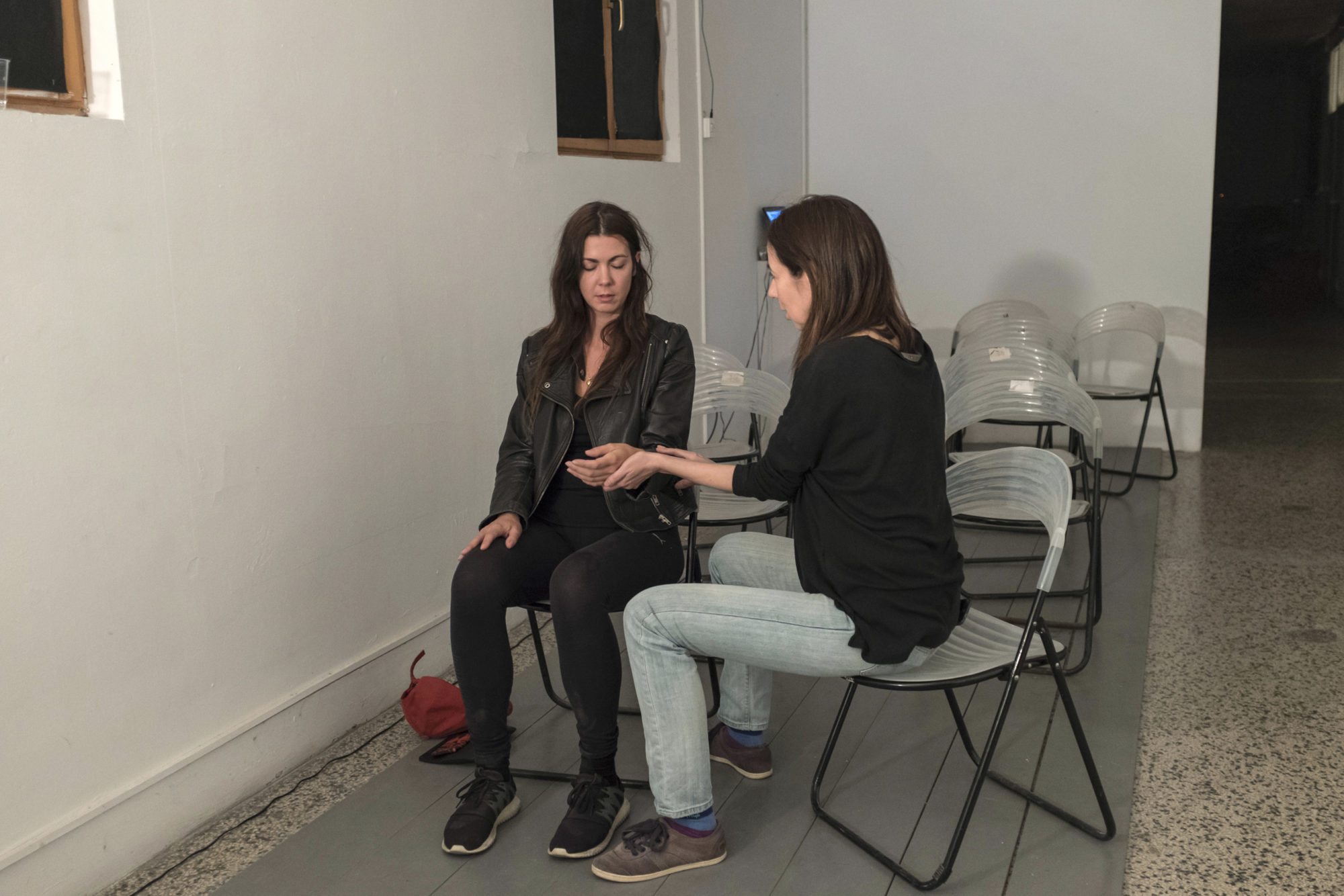
Nika Radić, Hypnos. Performance at Gallery AŽ, Zagreb (2018). Photo by Boris Cvjetanović. Image courtesy of Nika Radić
SS: What is your experience of the art infrastructure in Berlin, its museums, galleries, studio spaces and importantly funding networks?
NR: I could say that it is both fantastic and terrible at the same time. It’s difficult because the competition is huge, with the sheer number of artists that need funding, places to exhibit, studios etc. On the other hand, there is a very good infrastructure to help you navigate the complex system of funding options, and there is a big network of different types of exhibition spaces, both commercial and not-for-profit. The funny thing is that there are many discussions about what is available to artists, and what isn’t and I have never heard anyone mention a resource that I find incredibly valuable, the libraries. My interest in hypnotism started because I was thinking about how we understand art, how we understand each other, and how much of this is possible at all if we don’t share the same experiences. Then I thought that psychotherapy has to deal with this problem a lot because therapists can’t always share the experiences of their clients and yet they have to be able to understand them. That’s how I started reading psychology literature—by going to the library—and found out about Milton Erickson and his use of hypnosis in therapy. I then realized how similar his hypnotic induction was to the way an artwork functions as a medium of communication. I would never have found this out if it hadn’t been for the huge amounts of books that went through my studio. I am still working with hypnosis in my most recent work.
SS: Tell me about your most memorable exhibition here in the city. Was there a show that was particularly memorable?
NR: It’s always the last one but I think the Berlin_Lokal_Zeit at CLB gallery on Moritzplatz in Berlin’s Kreuzberg district is definitely memorable. The idea for this show started in spring 2020 when we were already staying at home as a result of the pandemic, and Dietmar Offenhuber invited me to take part in a project he was doing with Sam Auringer. They invited a group of artists to start creating an archive of sound and video recordings of the city during the pandemic. CLB, run by Sven Sappelt is neither a Kunstverein nor a gallery or a project space, it does not fit into any box (this is still possible in Berlin). And consequently, the show we made together with over 20 other artists wasn’t organized in a hierarchical way. The installation of the different exhibits changed quite a bit based on the rapidly shifting circumstances of the lock-down. At some point some people used the locked exhibition space as their office, which was visible from the outside because the gallery has a huge window that opens onto a busy street. Others made performances that could either be seen through the window or followed online. Others again offered guided walks through the neighborhood. These, people could also find online and then do the walks on their own. I made a video that was shown in the gallery but that was also visible through the window from outside. The video was a fictional exhibition opening that I made by filming the exhibition’s participating artists, individually, in front of a green screen and then placing them all together in a situation where they appear to be talking to each other. The video draws on my windows and doors video installations in which I projected a door onto a wall and showed something happening behind the door, in an illusionary space.

Nika Radić, Virtual Preview. Video installation at the exhibition Berlin_Lokal_Zeit, CLB in Berlin (2020/2021). Image courtesy of Nika Radić
SS: Have you ever considered moving away from Berlin
NR: When I made We Travel a Lot the whole narrative was about me imagining what it would be like to live in Japan. Whenever I travel, I wonder if I would like to live in the country I am visiting, and what I would do if I lived there. It is a sort of a fantasy of a different life, and sometimes the fantasy becomes real. I did move to Berlin also because, when I was visiting, I imagined that I would like it here. But at the moment I’m not thinking that I would want to live anywhere else.
Berlin, 2017-2021
Other interviews in this series:

